5 incredibly helpful AI tools for web design
Are you looking for the best AI web design tools to help your business grow? Look no further! We've compiled a list of five truly useful ones to get started on using them now and look forward to seeing what they can offer in terms of designs and features. From simple drag and drop interfaces like W3 Total Layout or Zesty, to more advanced tools like Photoshop and Sketch Up, there are plenty of ways to take advantage of this latest technology.
Artificial intelligence (AI) is a transformational force that is transforming industries in the current digital era; it is not merely a trendy term. The design realm is no exception. With so many cutting-edge technologies emerging, it has become increasingly important to stay ahead of the curve and embrace new developments that will have an impact on our workflows and experiences in the future. As such, we decided to bring together some of these most innovative AI tools, which might surprise you.
We selected all of the products based on their functionality, user experience, ease of use, and quality of designs, so you can find your perfect match right here. If any of the products below don't quite fit your needs, consider adjusting the parameters until you find the perfect solution for your project. Some of these tools may not be suitable for certain projects, while others suit specific purposes better than other solutions. Be sure to check the product page for details on each provider to ensure you're getting the full picture.
This article was updated with additional information from Adobe, Adobe Creative Cloud, Google, and Microsoft.
What Is Artificial Intelligence (AI)?
Artificial intelligence (AI) refers to the ability of machines to learn and improve on tasks without being explicitly programmed for that job. It's basically the process of teaching computers how to react and perform humanlike tasks that humans would normally consider "smart" - such as recognizing images, comprehending language, and solving problems.
The term "artificial intelligence" first appeared in 1955 in an academic paper by John McCarthy, who proposed it in response to the problem that computers were limited in their abilities beyond those required for routine applications. He proposed that instead, computers should be able to reason and act independently, rather than following rules set forth by humans.
In recent years, the field of artificial intelligence (AI) has taken off and gained attention from various sectors. One of its most promising advancements is a surge in neural network technology - software that enables computer systems to process data. This allows computer programs to make decisions faster and more accurately than before and to do things that they wouldn't previously be able to do on their own. So why isn't everyone embracing it? Here are five reasons why you might want to consider incorporating artificial intelligence into your next website design or development project:
1. Cost savings: Artificial intelligence (AI) is a relatively low-cost option compared to traditional methods, making it a cost-effective way to create websites and apps that are both fast and efficient.
2. Better speed and performance: With machine learning, web developers will be able to design websites and apps that are optimized to run smoothly on different browsers and operating systems. They can also optimize content for specific devices and screen resolutions, allowing users to access information quickly and easily wherever they visit.
3. Improved accuracy: Machine learning algorithms are constantly improving, allowing developers to design apps that are more accurate and consistent in their output. By taking advantage of machine learning, you'll be able to create designs that are more responsive, informative, and visually appealing. Furthermore, due to the continuous advancement of neural networks and the availability of larger datasets, machine learning can also help developers build smarter websites and apps with less code, allowing them to produce designs that fit within a smaller budget.
4. Higher creativity and productivity: Using machine learning to analyze large amounts of data means that designers can turn ideas into designs that are intuitive and easy to understand. These designs can then be used on mobile devices and web browsers, leading to increased efficiency and consistency across platforms. Additionally, they can be customized to fit unique needs and preferences. For example, if one user prefers a minimalist aesthetic and another wants something more flashy, the designer can tweak the design accordingly to cater to each client's desires.
5. Enhanced privacy considerations: Data protection laws around the world are changing rapidly, making it necessary to incorporate technical measures against online threats like malware and phishing scams that can infect websites, steal personal information, or otherwise harm businesses. But even with this added layer of security, it's still crucial to protect your company's reputation, especially given the risks associated with cyber attacks and hacking. Therefore, designing websites and apps with sophisticated algorithms and machine learning techniques can help to mitigate these threats and ensure that your organization remains secure.
Here are four websites that can assist you.
01. Attention Insight
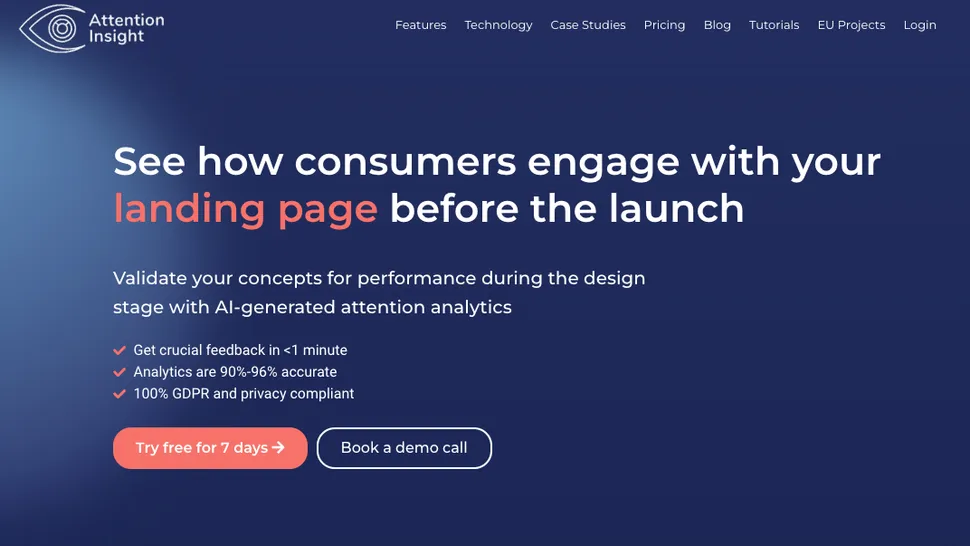
02. Dora AI

03. Uizard
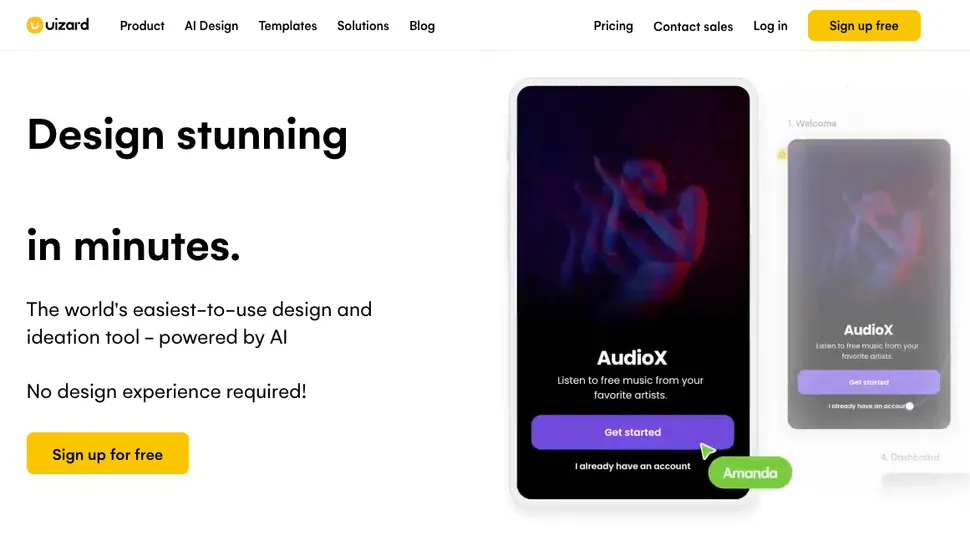
04. Framer
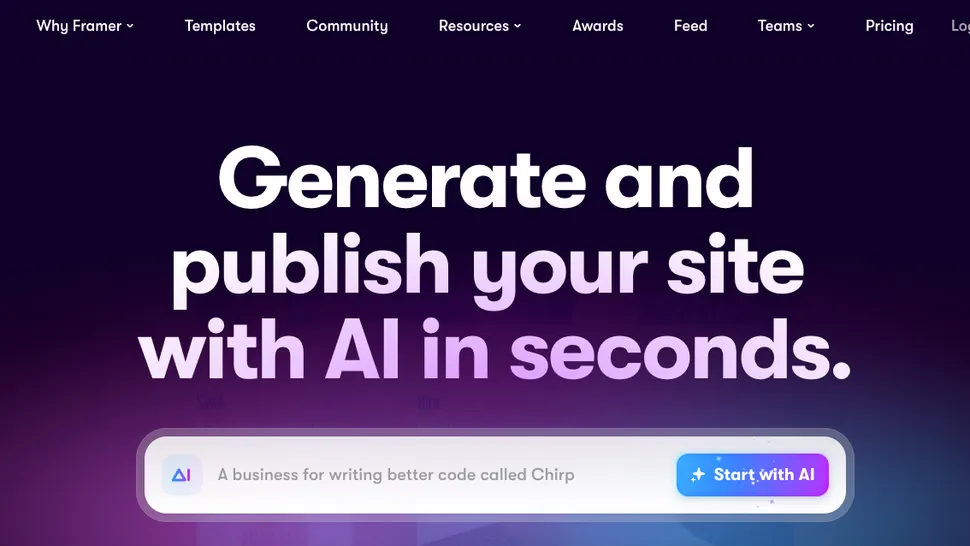
05. Mockplus
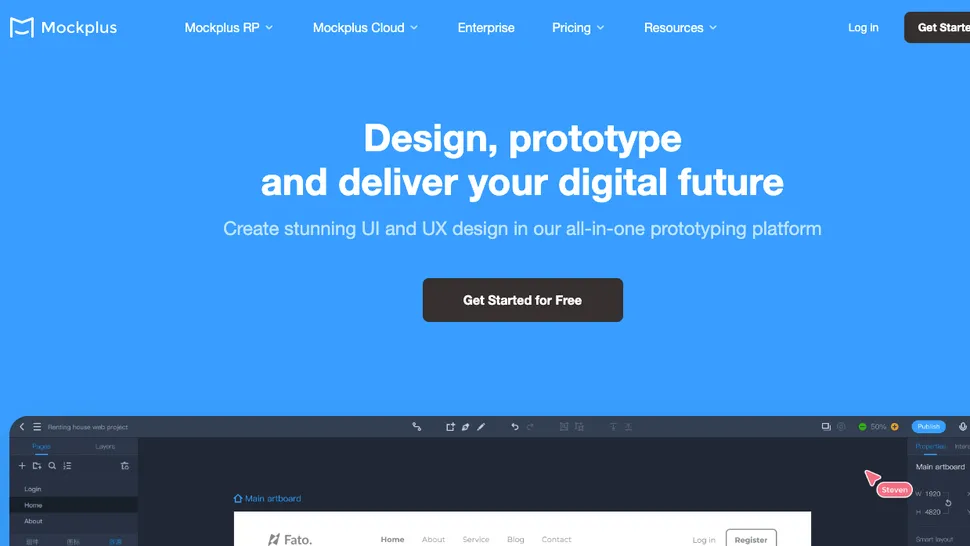
Conclusion
In conclusion, artificial intelligence (AI) offers numerous benefits that are worth considering as part of a successful redesign. Rather than simply implementing basic coding structures and functions, professionals working in this area can leverage a wide range of tools to create designs that meet the goals of clients and increase overall satisfaction levels. Whether you're ready to dive deeper into the world of AI, explore these tools and see how they can transform your company's operations in the coming year.
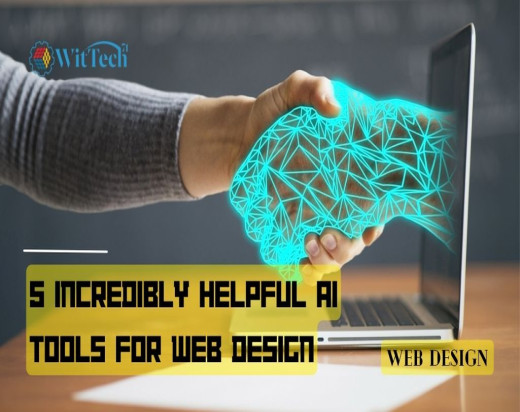




Comments